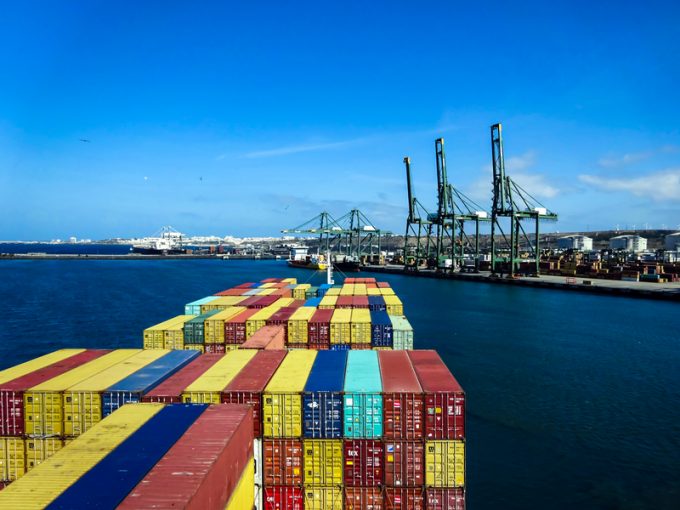Widespread blanked sailings stave off major collapse of transpacific rates
Spot rates across all the major east-west deepsea trades continued their downward descent this week, ...

There was another significant fall in transpacific container spot rates, as recorded on Friday by the Shanghai Containerized Freight Index (SCFI), just as the new contract season negotiations kicked off.
The US west coast component of the SCFI fell 7.6% to $1,431 per 40ft, while spot rates for US east coast ports fell 6.1% to $2,479 per 40ft.
Since November, spot rates on the transpacific tradelane have fallen by 48% for the US west coast and by 35% for US east coast ...
Maersk u-turn as port congestion increases across Northern Europe
Apple logistics chief Gal Dayan quits to join forwarding group
Maersk Air Cargo sees volumes fall as it aims for 'margin in favour of revenue'
Houthis tell Trump they will end attacks on Red Sea shipping
Transpac rates hold firm as capacity is diverted to Asia-Europe lanes
Airlines slash freighter capacity post-de minimis, but 'the worst is yet to come'
MSC revamps east-west network as alliance strategies on blanking vary
India-Pakistan 'tit-for-tat' cargo ban sparks sudden supply chain shocks

Comment on this article